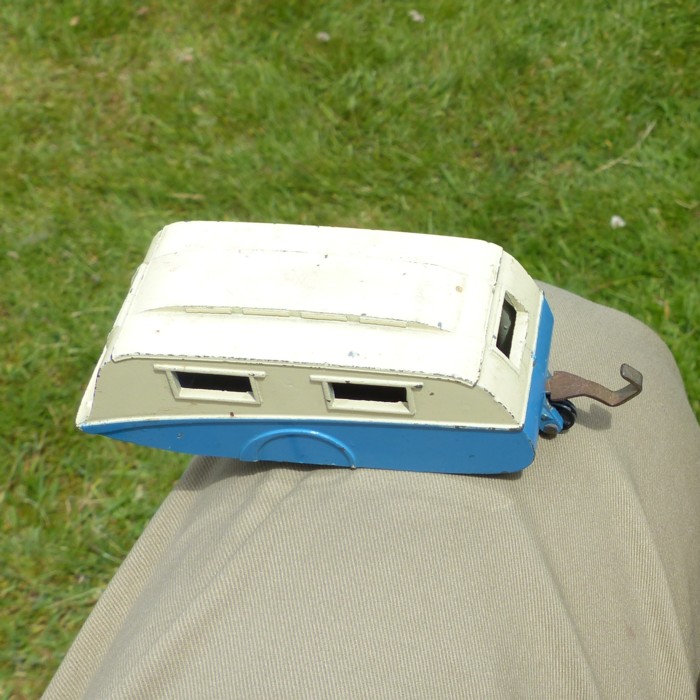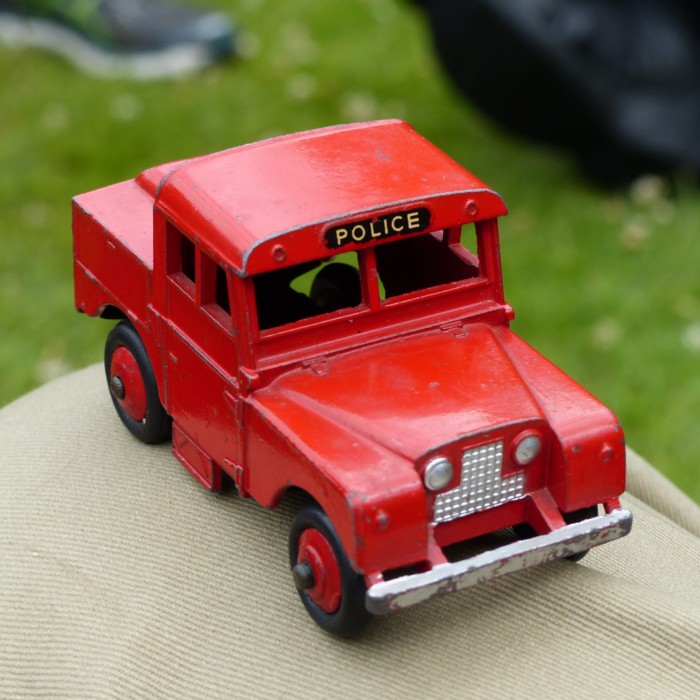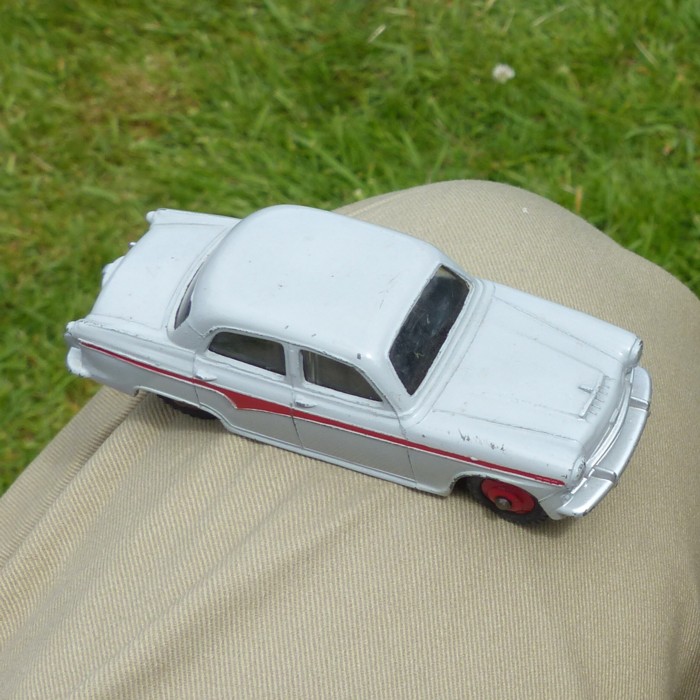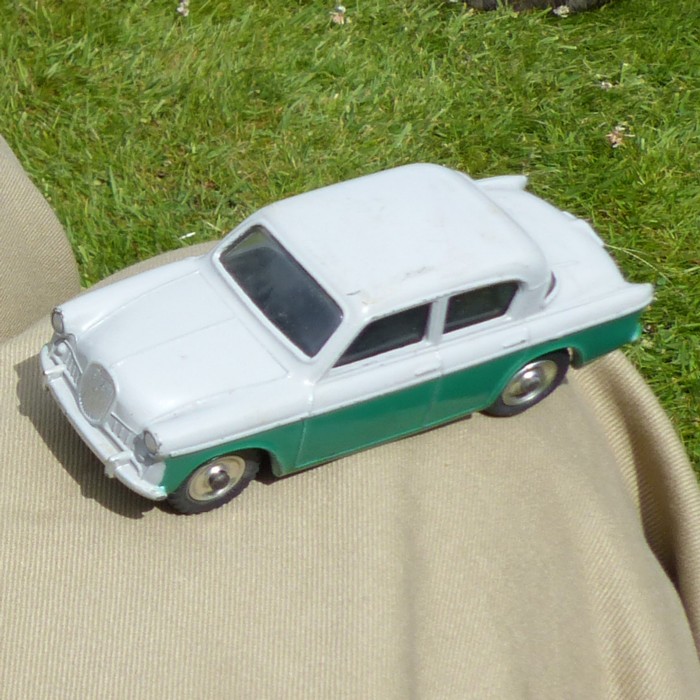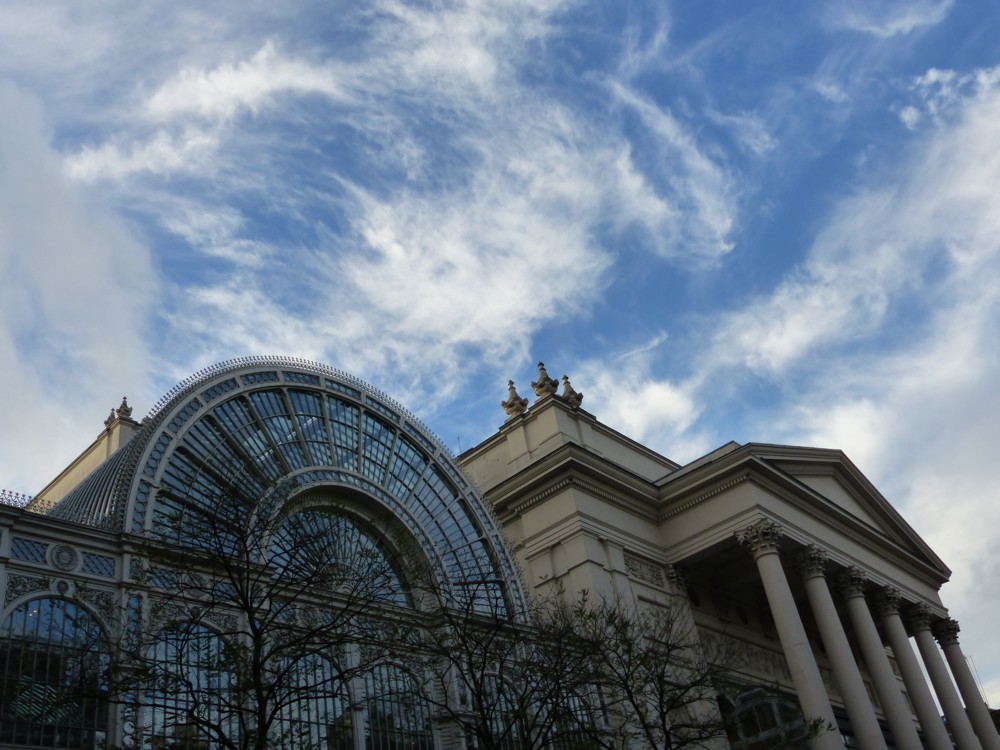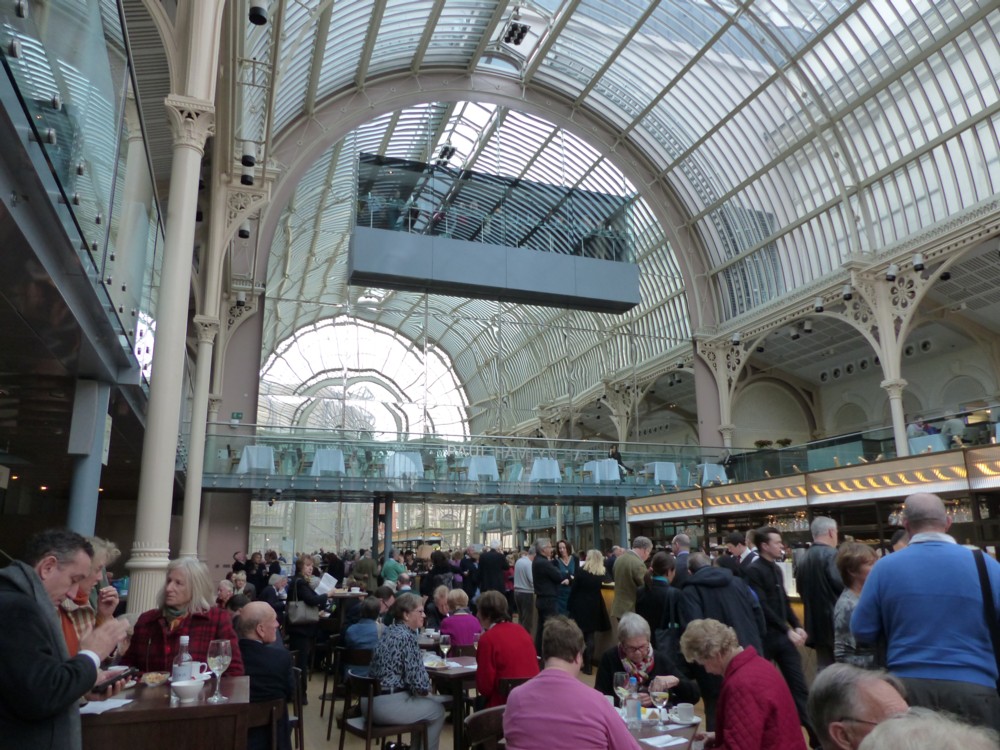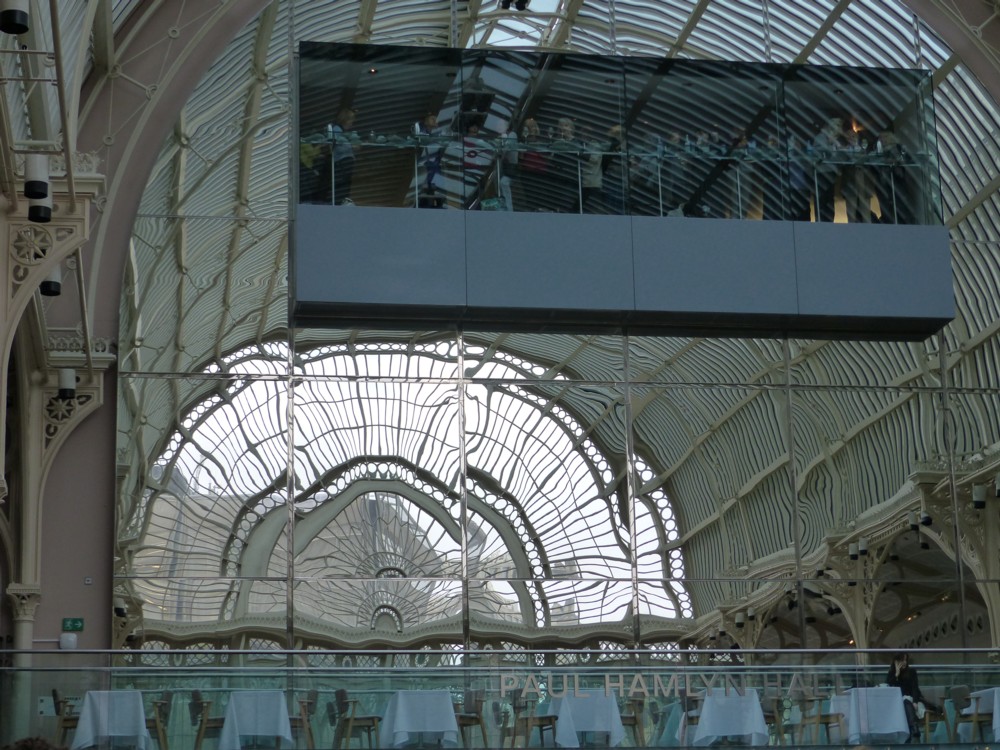I am a collector, and a way for me to satisfy this itch without taking up too much physical space is to collect not particular things, but photos of particular things. I collect such photos by finding them in the big wide world, mostly the London bit. But I also find such photos in my already vast but mostly very incoherent collections of photos that I have already taken, stored on my hard disk in directories with titles like “Misc(51)Aug2011”.
Typically, I start collecting a particular sort of photo even before I realise that I am doing it.
Rather recently, for instance, I have started noticing footbridges in a big way, conscious that I am doing this. But in truth, I have always been entertained by footbridges, especially urban footbridges that join buildings together, and have long been photoing them. But the tendency has been, after photoing such a bridge, to forget about it, and to move on immediately to the next photo-op.
Today, while clicking away pretty much at random among my many photo-directories, I came across this photo, in Misc(51)Aug2011:
That particular footbridge connects the back of the Coward Theatre with the back of the Wyndham’s Theatre. I know this because immediately after taking the above photo of the footbridge, taken at 19:58pm, I took the following two snaps, also taken at 19:58pm:
If you look carefully in the footbridge photo, you can see both of these signs, which are on opposite sides of St Martin’s Court, near Leicester Square, in London’s Theatreland. What exactly is transported across this bridge – scenery?, props?, actors? – I do not know. Cleverer and more determined googlers than I could perhaps quickly learn. That these two signs match suggests quite a lot of cooperation, that has been going on for quite a while. Common ownership, perhaps? Sorry about the Wyndham’s photo being so blurry. What matters is that it is legible.
As time passes, I will spend less time out and about taking yet more photos. One of the things I hope then to be doing instead is rootling through my existing photo-collections, collecting, e.g. all the photos I have already taken of footbridges, and putting them into one giant directory, of footbridges, and then showing them here, and thinking about them aloud.

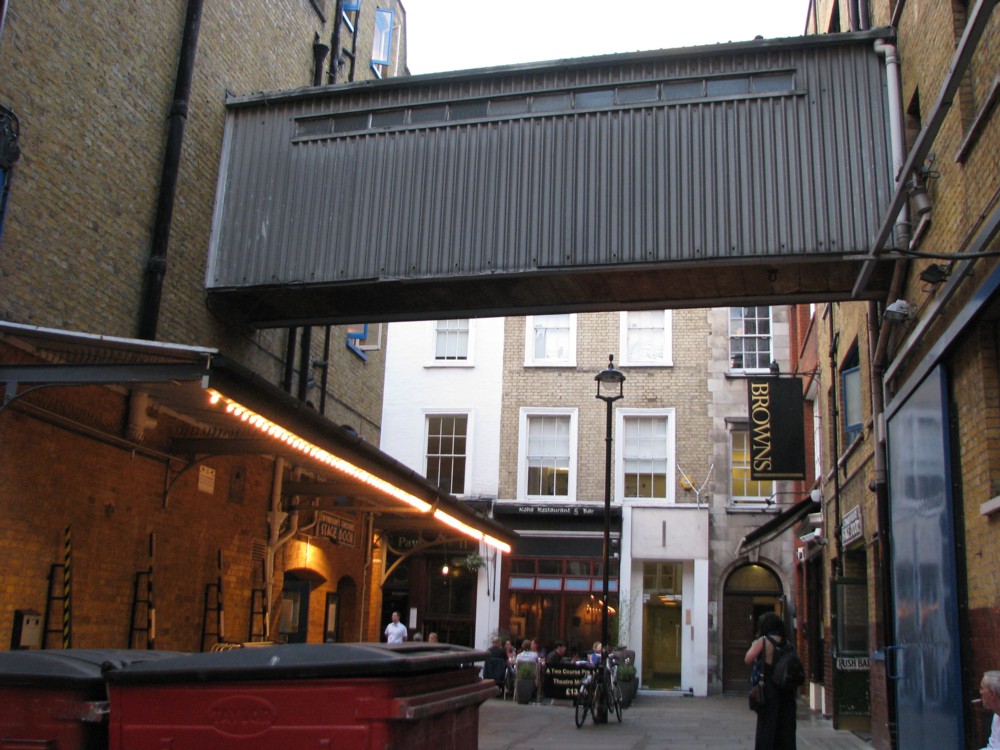
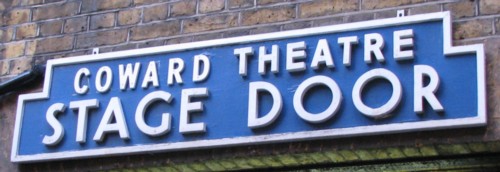
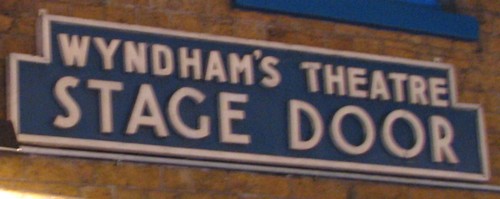
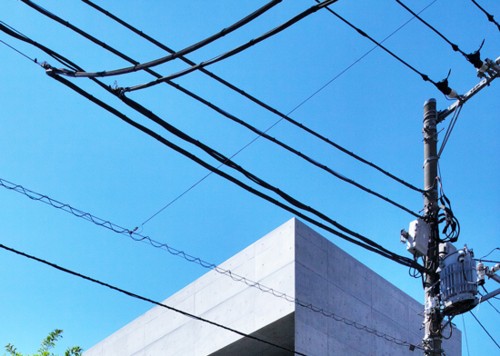
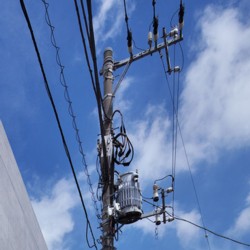
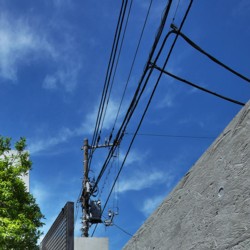
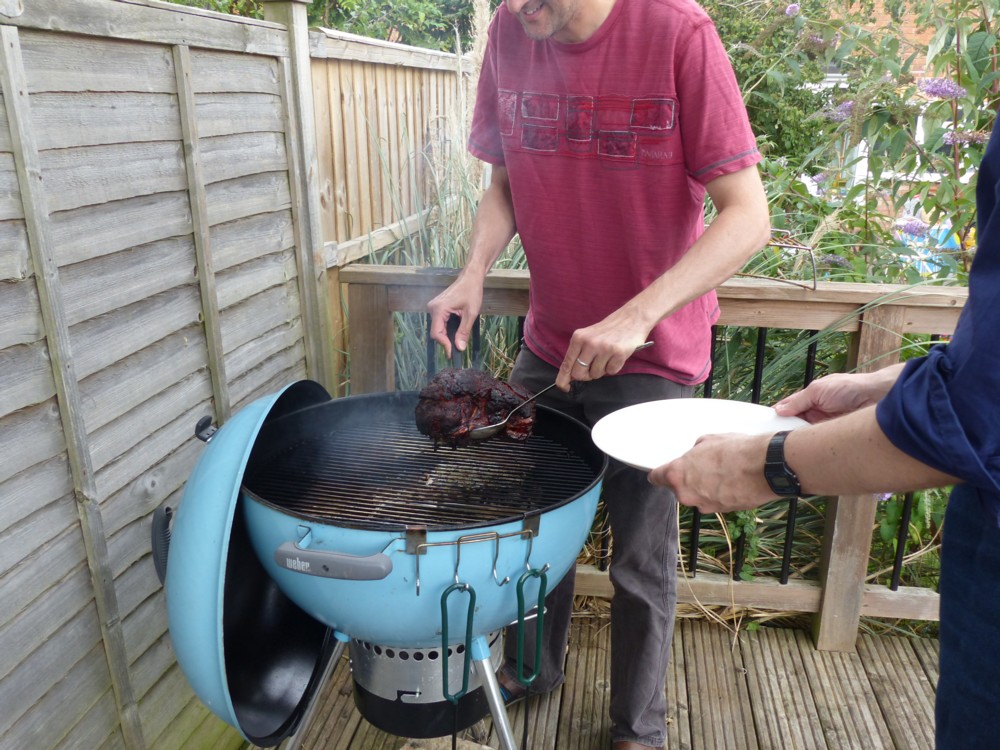
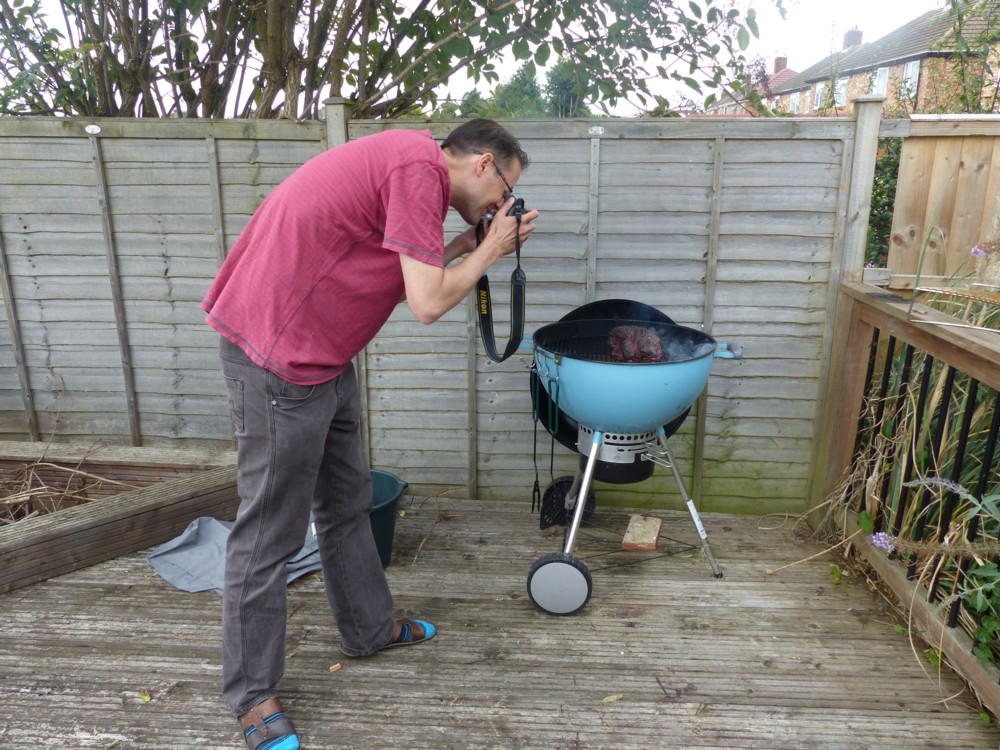
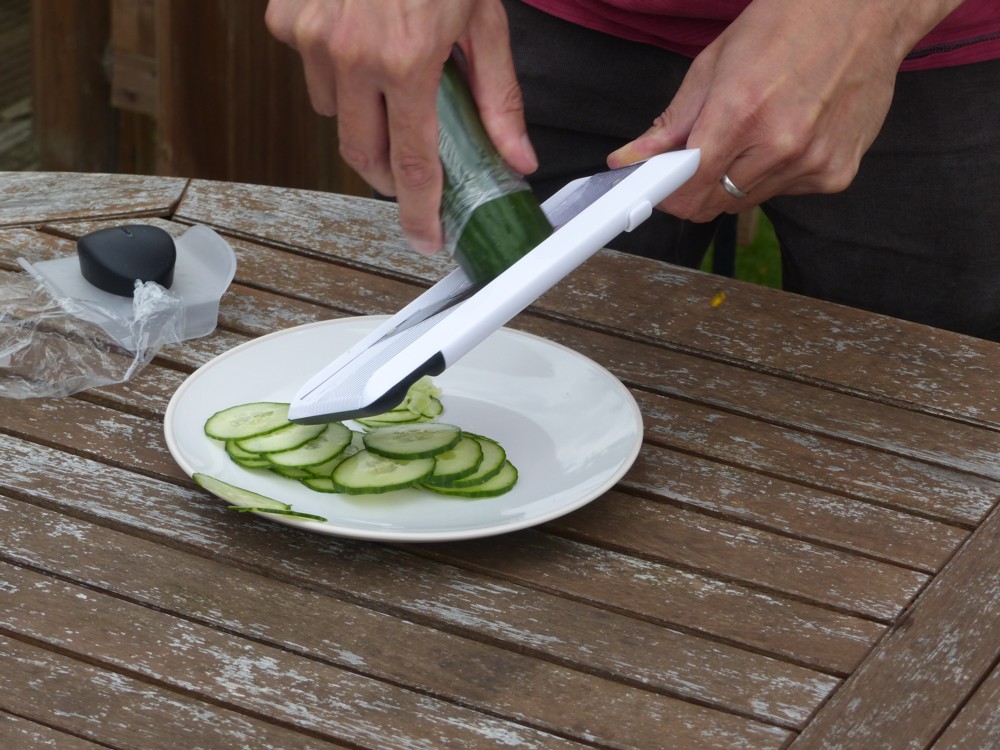
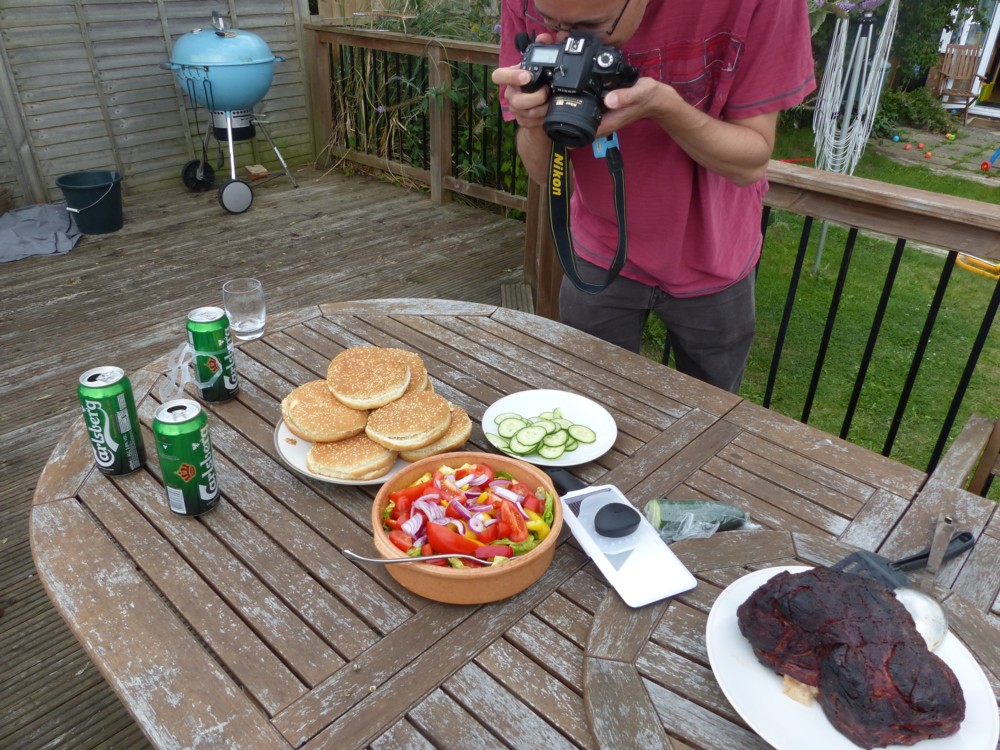

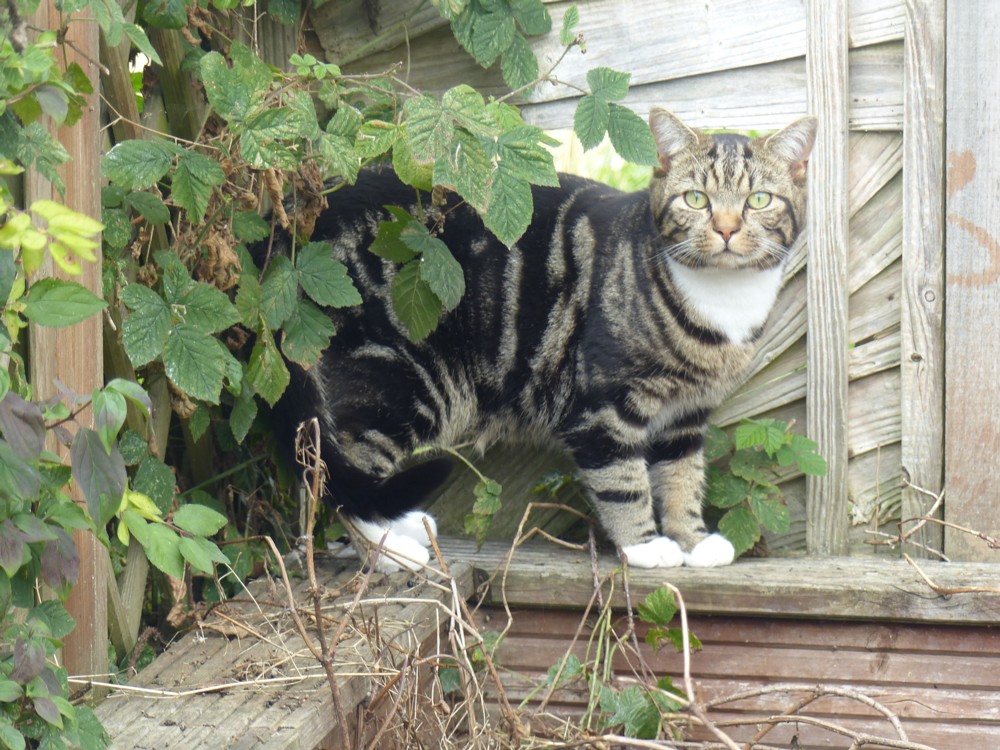
 More Dezeen catching up. And this time the news is that Paris is about to get its first truly
More Dezeen catching up. And this time the news is that Paris is about to get its first truly 